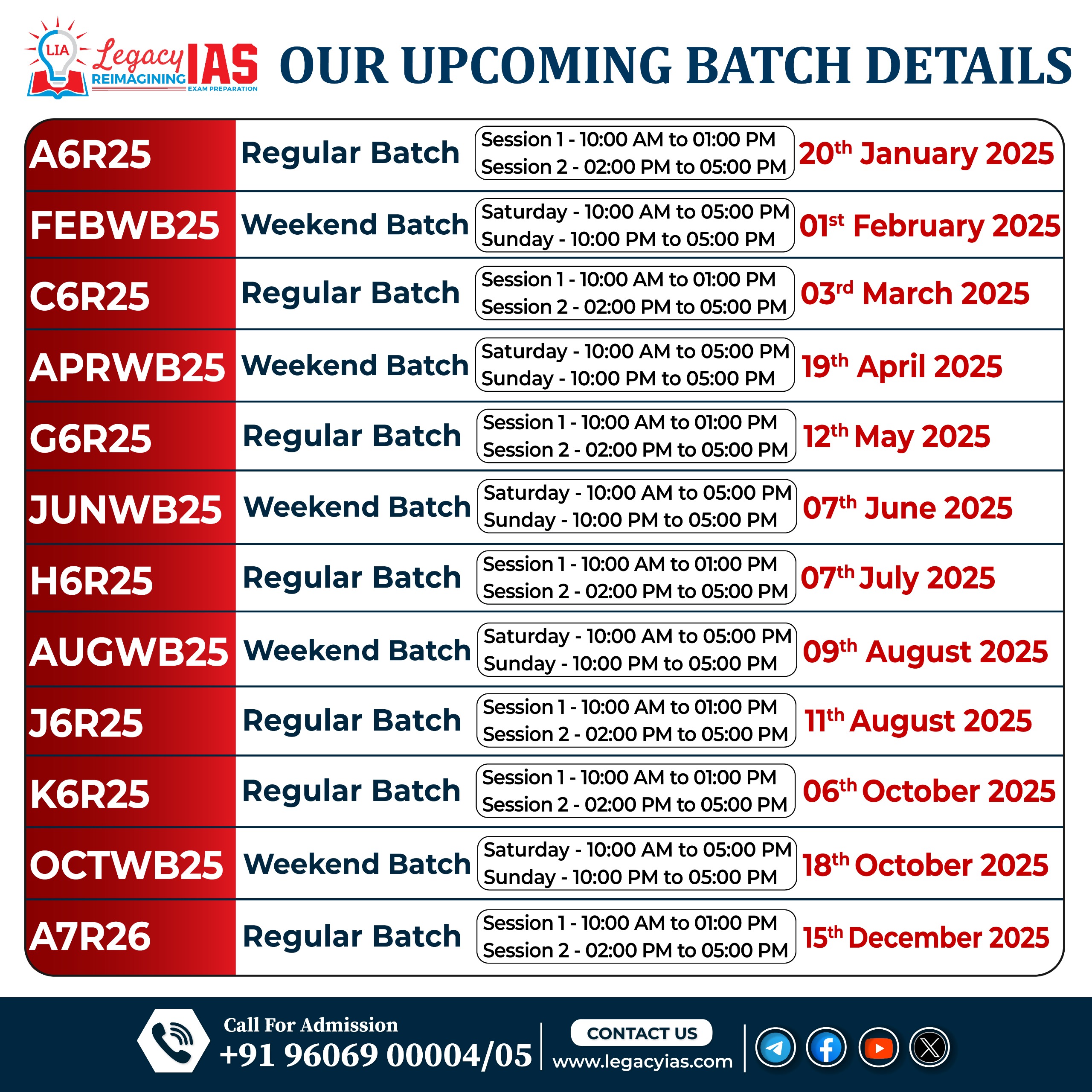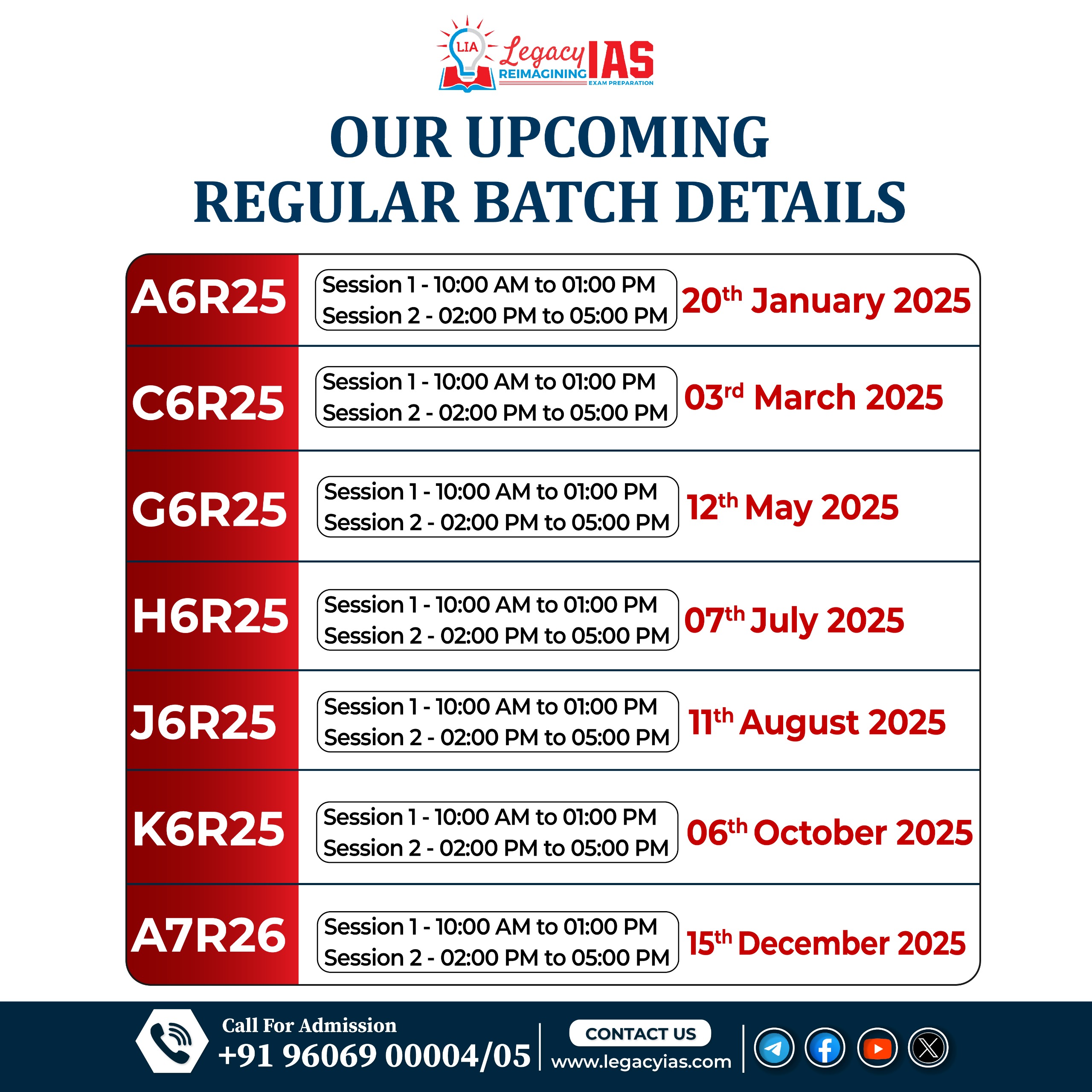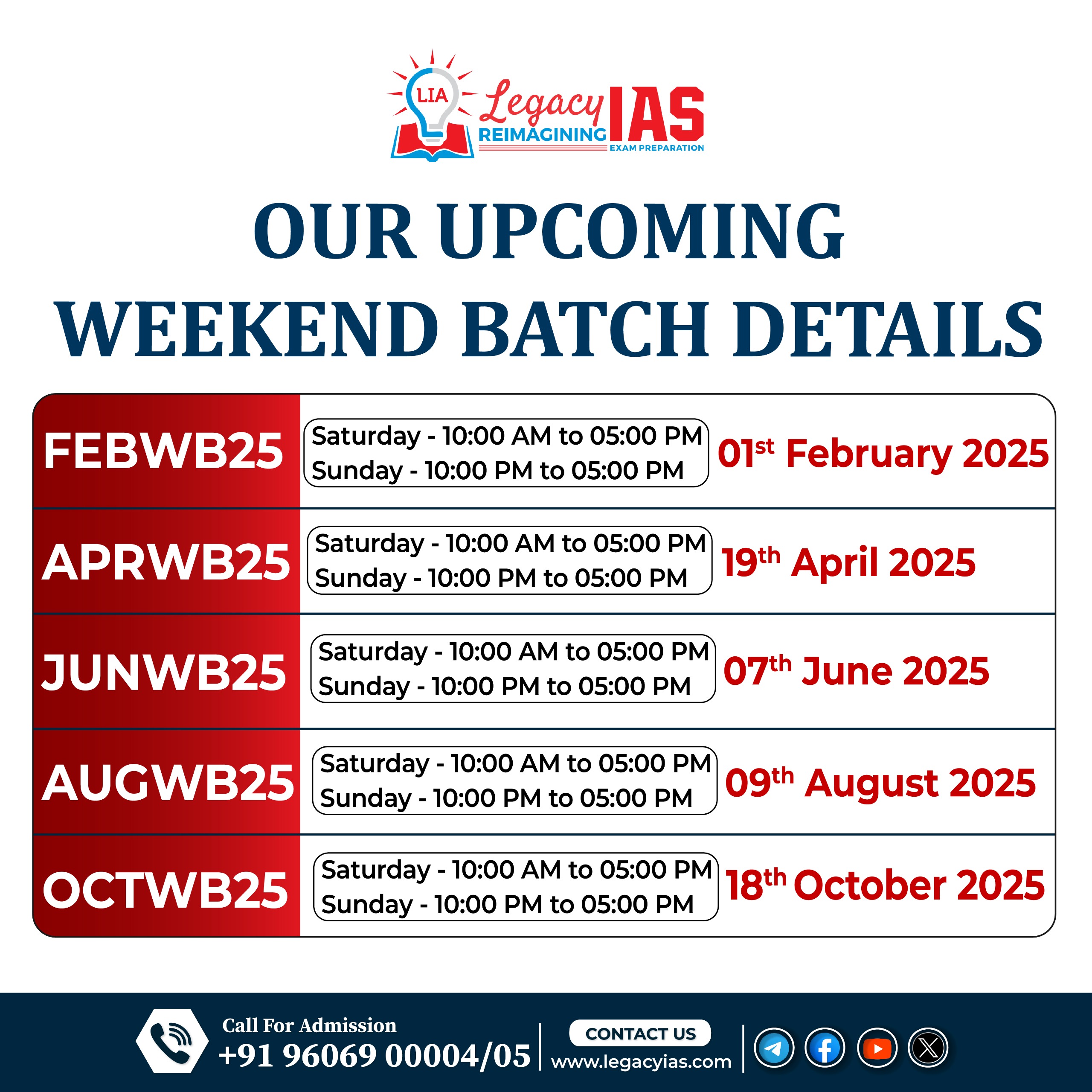Contents:
- Ajeya Warrior 2020
- Election of the members of Rajya Sabha
AJEYA WARRIOR 2020
- Exercise AJEYA WARRIOR – 2020, a joint military training exercise between India & United Kingdom (UK) culminated at West down Camp, Salisbury Plains Training Area, UK.
- The fifth edition of the exercise included joint training in urban and semi urban areas.
- As part of the exercise, important lectures, demonstrations and drills related to counter insurgency and counter terrorist operations were rehearsed and executed jointly.
ELECTION OF THE MEMBERS OF RAJYA SABHA
- The Rajya Sabha seat quota for each state is fixed as per Schedule 4 of the constitution.
- Elections to 1/3 of these seats occur every 2 years.
- Let’s take an example of a state where there is Rajya Sabha election for 4 seats. Let there be only two parties in the legislative assembly. Party A has 150 seats and party B has 60 seats. Both parties can field three candidates each for the four Rajya Sabha seats.
- To win a Rajya Sabha seat, a candidate should get a required number of votes. That number (quotient) is found out using the below formula.
- Quotient = Total number of votes divided by (Number of Rajya Sabha seats + 1 ) + 1.
- In the illustrated case, a candidate requires (210/5)+1, i.e.. 43 votes to win.
- NB: Members don’t vote for each seat. If that had been the case then only the ruling party representatives would make it through.
- Rather, the members give preferences for each candidate (as 1, 2, 3, 4, 5 and 6). If 43 or more members choose a candidate as their first choice, he gets elected.
- So the Party B (opposition party in Lok sabha assembly) with 60 seats can get one member elected if the members give preference for a candidate as first preference. The ruling party (Party A) on the other hand can get 3 members elected (129 votes from their 150 members).





